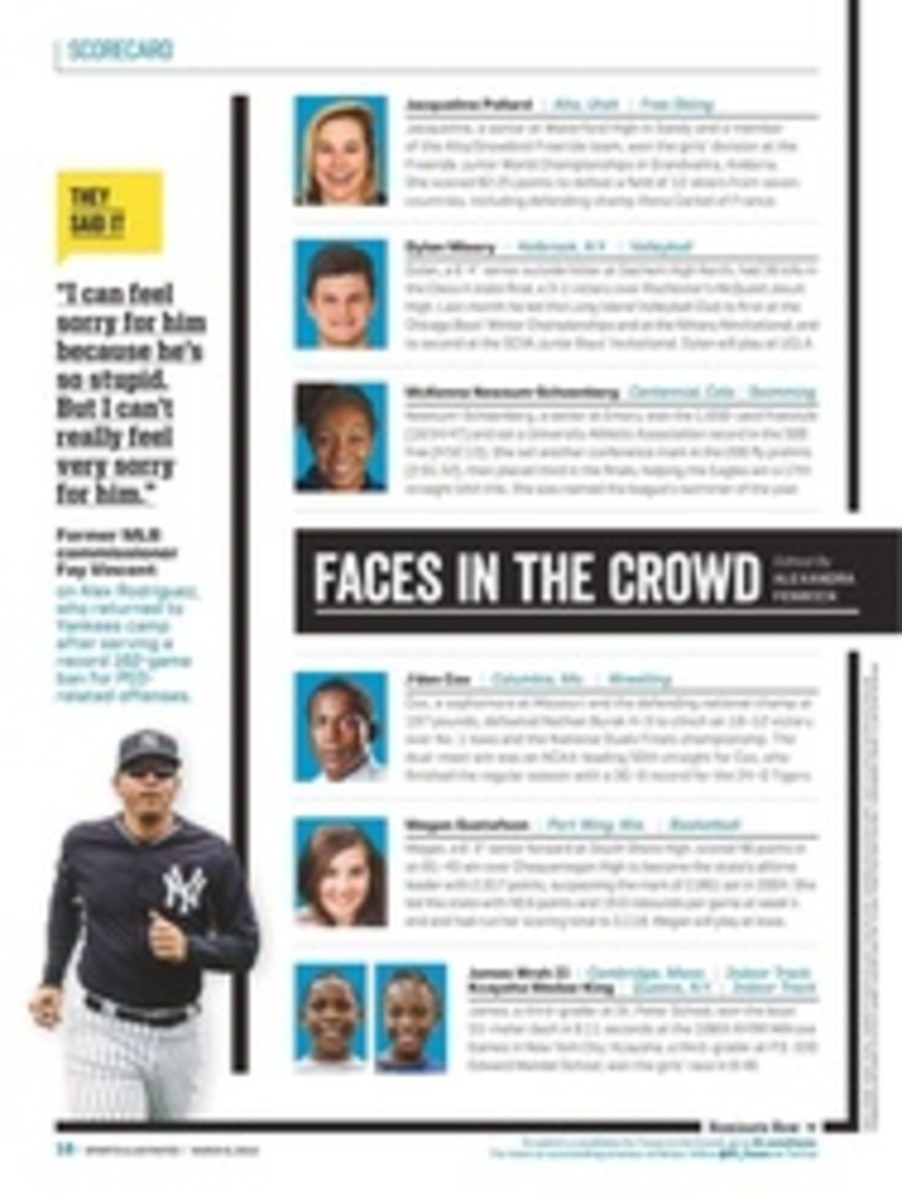
The Case for ... MLS
MAJOR LEAGUE SOCCER is set to begin its 20th season on March 6, which in itself is an achievement, considering that's three seasons longer than Pelé's old NASL lasted before croaking in 1984. And while MLS is still years (decades?) away from challenging the supremacy of its top European counterparts, the U.S. league is here to stay, and it's moving in the right direction.
The league is expanding, too, growing to 20 teams in 2015 with the additions of Orlando City and New York City FC. Fourteen of those 20 teams are playing in soccer-specific stadiums and two more venues are on the way. MLS set a league record with an average attendance of 19,151 last season and figures to go over 20,000 this season.
The league still faces plenty of challenges. Television ratings have been minuscule, though there's renewed optimism thanks to the current eight-year, $720 million TV deal, shared with U.S. Soccer, with ESPN, Fox Sports and Univision that includes weekly doubleheaders in Sunday-night time slots on ESPN2 and Fox Sports 1. As of Monday night there remained the specter of MLS's first-ever work stoppage, with the players saying they'd go on strike this week if the owners don't grant them free agency within the league. A shutdown would be bad, of course, but a lengthy one appeared unlikely because players don't have the financial means to withstand a long strike. At the very least, labor struggles suggest that there's finally enough money worth fighting for.
MLS aspires to become one of the world's top leagues: Commissioner Don Garber, now in his 16th year, says he wants to get there by 2022. That's an extremely ambitious goal, not least because MLS's TV money is now locked in for that time period. Still, MLS is trying. One strategy has been dropping millions to sign the best U.S. national-team players over the past year and a half, including Jozy Altidore and Michael Bradley (Toronto), Clint Dempsey (Seattle) and Jermaine Jones (New England). Whether that's good or bad for the national team—coach Jurgen Klinsmann has said he thinks players would benefit from being in Europe—is another debate, but there's no doubt that it's an upgrade for MLS.
As for star power, while MLS has lost some of its marquee players in their 30s (like the retired Landon Donovan and Thierry Henry), others will join the league this year, including Kakà (Orlando) and Frank Lampard (NYCFC). The true measure of whether MLS becomes one of the world's top leagues will be its ability to develop world-class players from a young age and attract elite international stars in their prime. Those efforts have a long way to go, but MLS says its teams are investing $30 million a year in youth academies, and Toronto's signing of 28-year-old Italian national-team forward Sebastian Giovinco from Juventus is an indicator of what could lie ahead.
Is the quality of play in MLS as high as what we see in the English Premier League? Nope. But on most nights it isn't bad, and it continues to improve. And unlike the top European leagues, where only two or three teams have a chance to win the title, MLS has more parity as a result of its salary cap.
MLS is hardly perfect, but it is a 1990s sports startup that has survived, put down roots and charted an ambitious course for the future. And that's not a small thing.
20
Seasons for MLS, making it the longest-running soccer league in U.S. history.
19,151
Average attendance at MLS games last season, a league record.
147
Career goals for Chelsea by midfielder Frank Lampard, the most in that club's history. Lampard is joining New York FC this season.
PHOTO ILLUSTRATION
PHOTO ILLUSTRATION BY SI IMAGING: COMSTOCK/GETTY IMAGES (CAKE); GETTY IMAGES (CANDLES)

